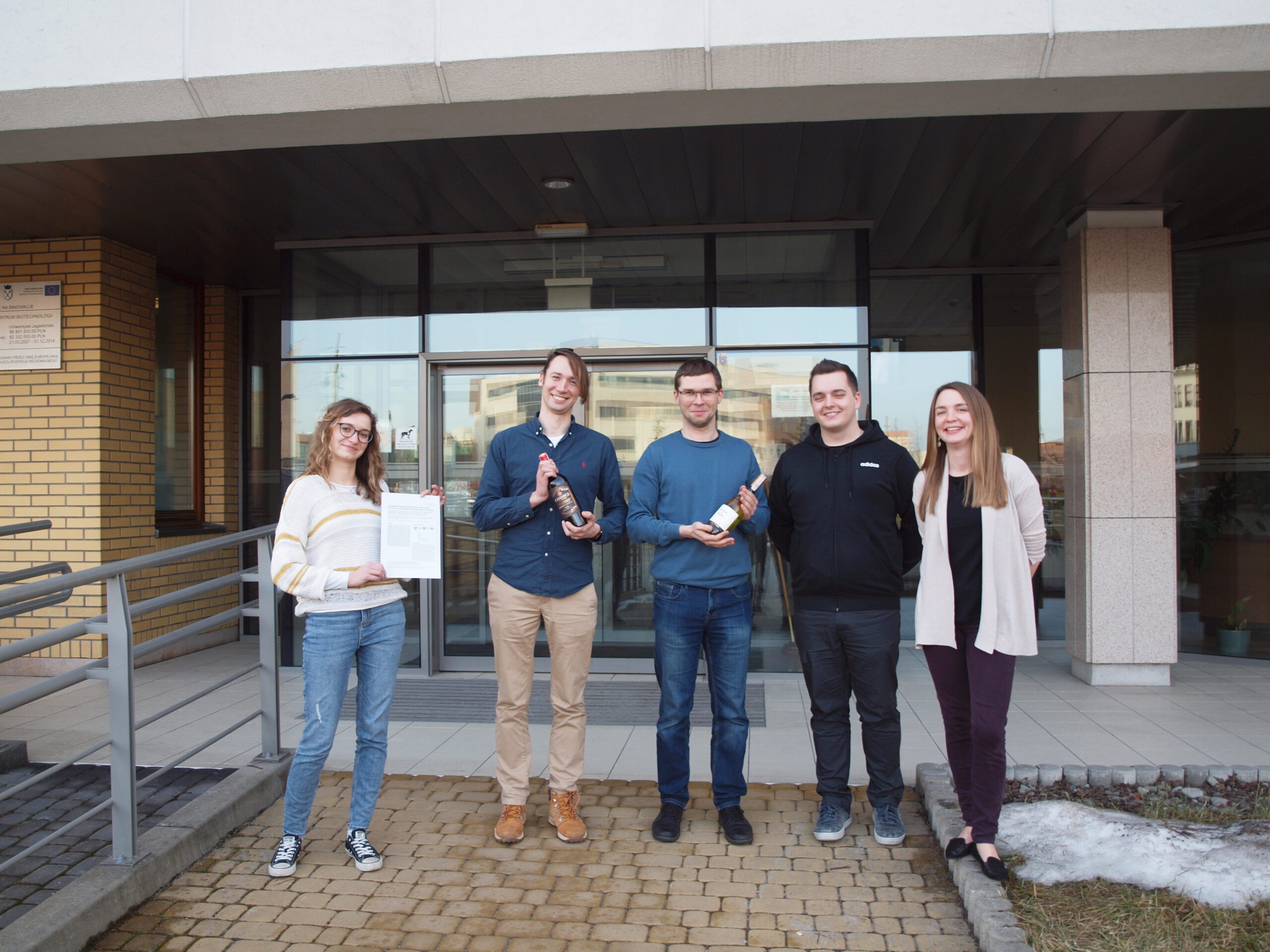DNA gyrase is a fascinating molecular nanomachine. It is an enzyme with the unique ability to negatively supercoil DNA. While gyrase is not found in human cells it is ubiquitous in prokaryotes and is also found in some eukaryotes. As part of its reaction mechanism, gyrase has to transiently form a double strand cleavage in its substrate DNA. This has been exploited by the widely used class of antibacterial known as the fluoroquinolones which inhibit religation of the cleaved DNA, eventually leading to accumulation of double strand breaks which are lethal to the cell.
Interestingly, in eukaryotes, gyrase is found in subcellular organelles that, in the evolutionary past were once free-living bacteria), i.e. are the product of endosymbiosis. Some such structures retain their own circular genome and are acted on by DNA gyrase. This includes chloroplasts and indeed gyrase is found in plant chloroplasts. A class of protists known as Apicomplexa have an organelle known as the apicoplast whose function is not fully understood but is thought to include lipid synthesis.
In our work on apicoplast gyrase we want to understand more about the structure and function of the apicoplast enzyme itself with the goal of developing new inhibitors or showing that known inhibitors are effective. In the first goal – characterising the enzyme, a major challenge has been that the Plasmodium falciparum (Pf) GyrA protein is notoriously difficult to express and purify. In fact this has never been achieved anywhere in the world. While working to achieve this we have also been able to partly bypass the problem by constructing a functional chimeric enzyme that consists of the PfGyrB protein complexed with the E.coli GyrA protein. This has allowed us to characterise the PfGyrB and screen for PfB-specific inhibitors. We have been able to study potential gyrase inhibitors leading to an excellent result where we were able to come to a detailed understanding of the mechanism of action of QnrB and other pentapeptide repeat proteins which are known to be resistance factors protecting gyrase against inhibitors and toxins such as fluoroquinolones. In brief we were able to show that these proteins mimic DNA, and most likely act as a form of T-segment mimic to interact with the GyrB proteins in an ATP-dependent manner, this interaction most likely leads to loss of the fluoroquinolones and recovery of the functional enzyme. Our growing expertise in protein-DNA interactions afforded by the OPUS project has also allowed us to enter in to collaborative work in related areas. We have worked with colleagues a Durham University in the UK on both theoretical and experimental work on protein-nucleic acid interactions
We are very grateful that this project has received funding from the National Scoience Council (Poland) in the form of an OPUS grant.


